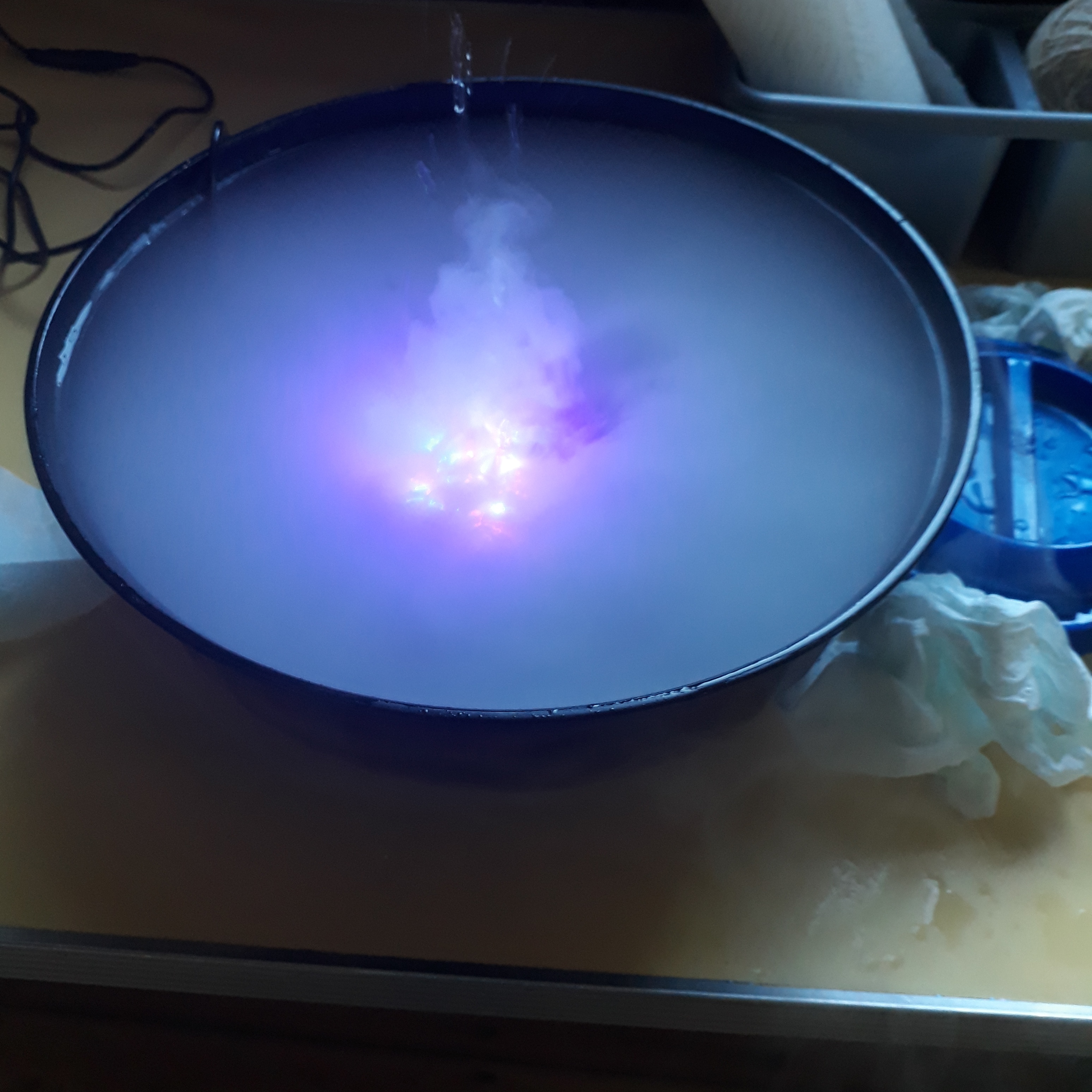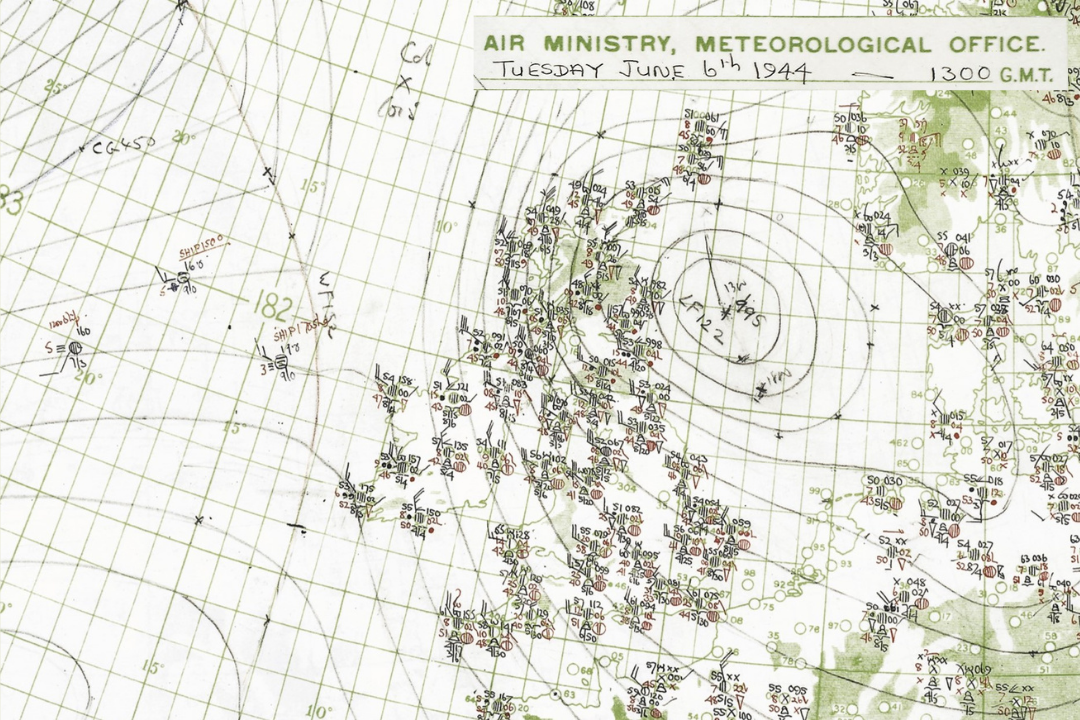

What does a cloud feel like?
“What do you think a cloud feels like?” I asked the assembled Brownies
“Cotton wool, cotton candy, fluffy, cool, wet ….”
A simple garden pond decoration that produces mist by forcing water through a very fine mesh and a large shallow bowl of water creates a cloud for children to feel. Of course, most of them end up slightly disappointed as a cloud feels like nothing very much, but it is a good conversation starter!
Clouds remain one of the most challenging parts of the climate system to understand, simulate or predict. Forming on the smallest of scales and changing in the blink of an eye, yet covering vast areas of the planet at any one time, they inspire artists and writers but frustrate scientists! But understand, simulate and predict them we must, for they are not only a vital part of the water cycle but also play a significant role in determining our climate.
Anyone who has flown on a plane on a cloudy day will have experienced the greyness of being below cloud on take-off, the bumpy journey through the cloud layer and the brilliant brightness above. These low altitude clouds, with lots of water droplets, reflect a lot of sunlight at visible wavelengths back to space, hence the bright, brilliant view from above – you are seeing the reflected light. Of course, this means that less sunlight passes through the cloud, so when you are below the clouds viewing the transmitted light, they look dark and threatening. These clouds increase the planet’s albedo (the fraction of sunlight reflected back to space) and generally cool the Earth’s surface.
However, there are other types of clouds, generally much harder to see and at higher altitudes, such as cirrus. These “optically thin” clouds are often actually thin too and generally made of ice crystals. These clouds allow sunlight to pass through and so don’t change the albedo much but instead absorb some of the infra-red radiation emitted by the Earth’s surface. Being colder than the surface, they re-emit only a small amount of this back to space and so act as greenhouse gases, warming the surface. The effect of any particular cloud depends on many details, including its altitude, extent or size, and the size and state of the particles that make up the cloud, as well as the brightness and temperature contrast with the surface underneath. It’s a very fine balance between warming and cooling. However, clouds tend to exert a cooling effect if you average over the whole globe.
But, clouds change, and in particular, clouds change as part of climate change. In a generally warmer world, there is more evaporation from the oceans, and the hydrological cycle speeds up. With more water vapour in the atmosphere and a warmer surface, moist convection (hot air rising and cooling as it does so that water vapour condenses and forms clouds) increases, and we might expect more thick, lower altitude clouds. These would tend to cool the climate and so are a “negative feedback” on warmer temperatures. However, if there is an increase in the high altitude cirrus clouds that act more like greenhouse gases, then there would be a positive feedback. The net result would also depend regionally because if the clouds are over a dark surface like the ocean, they will have a bigger effect on the albedo than if over the bright desert. Cloud increases during nighttime can’t affect the albedo (no sunlight during the night) but can still affect the infrared radiation. Clouds also change depending on the number of aerosol particles in the air, as these are needed to form the droplets. Perhaps it’s not surprising then that different climate models can get different cloud changes in future projections.
We need to keep talking about, and working on, clouds. Hopefully, learning what a cloud feels like might inspire some of the next generation of cloud physicists.



